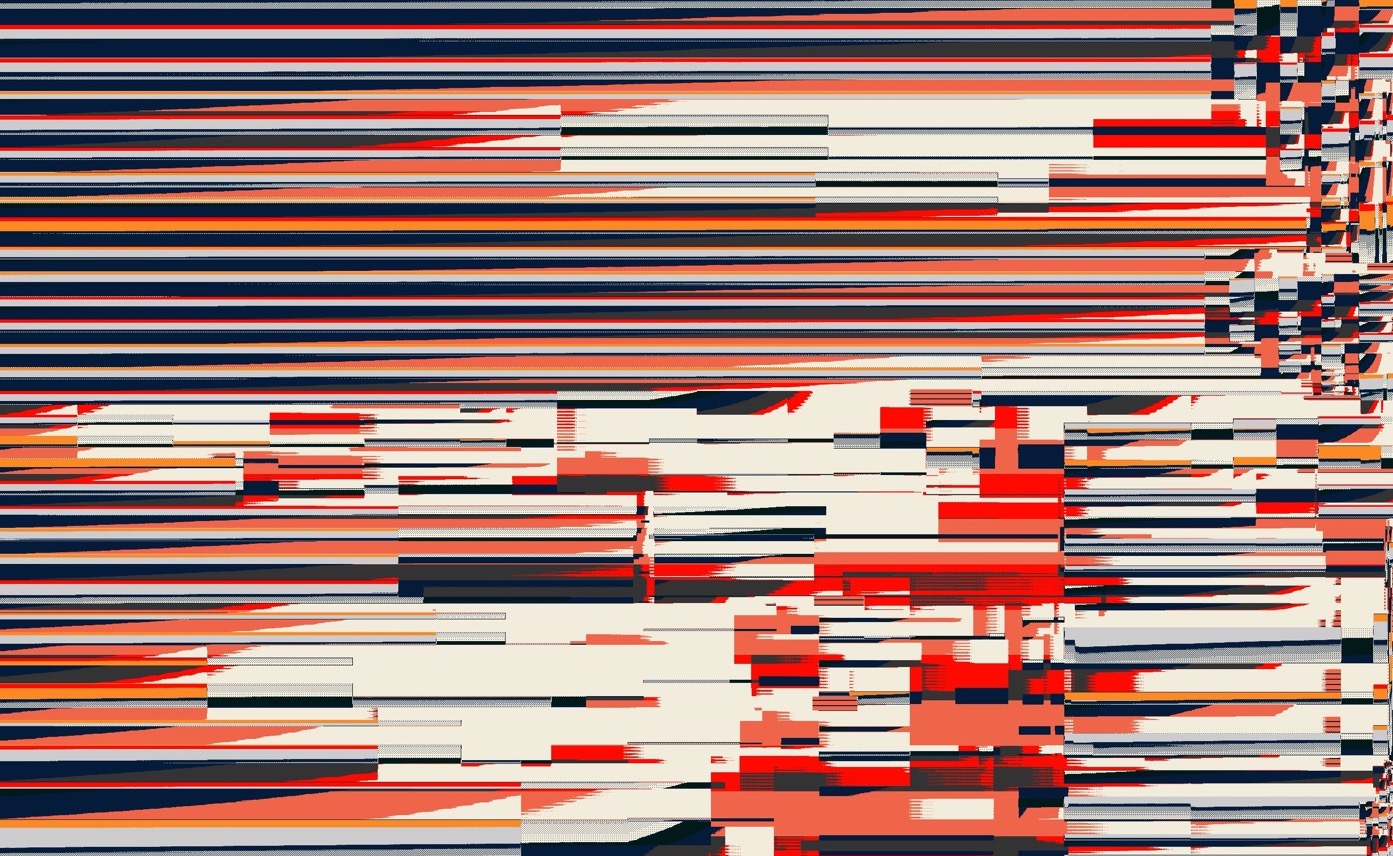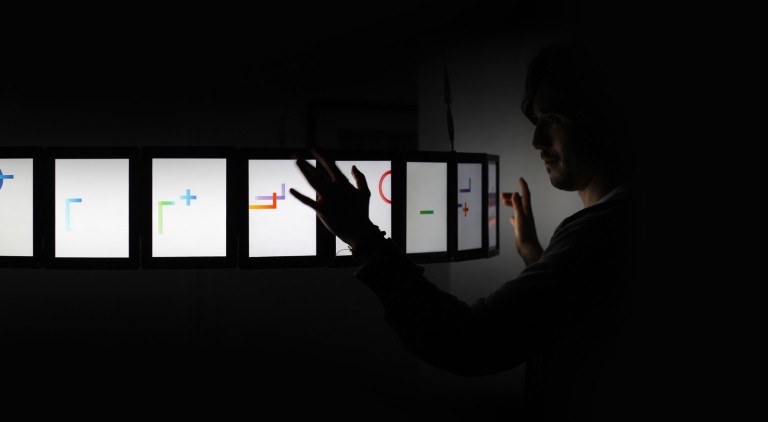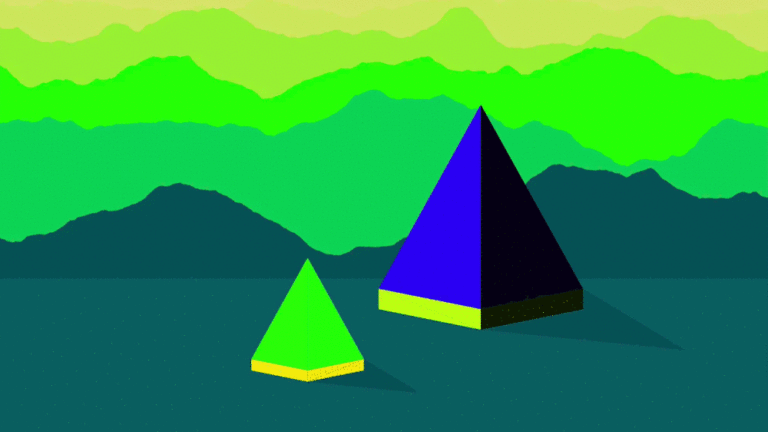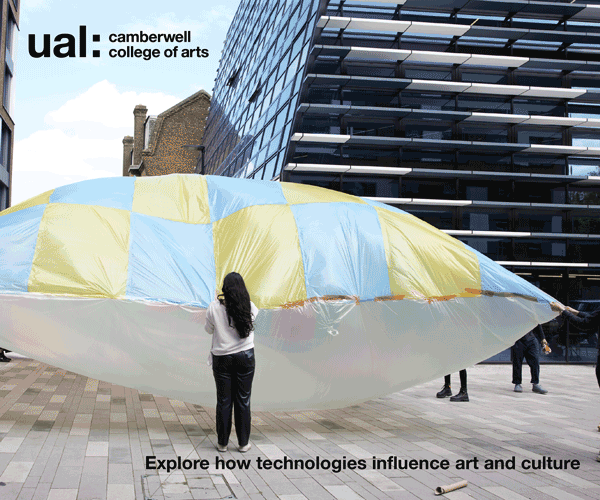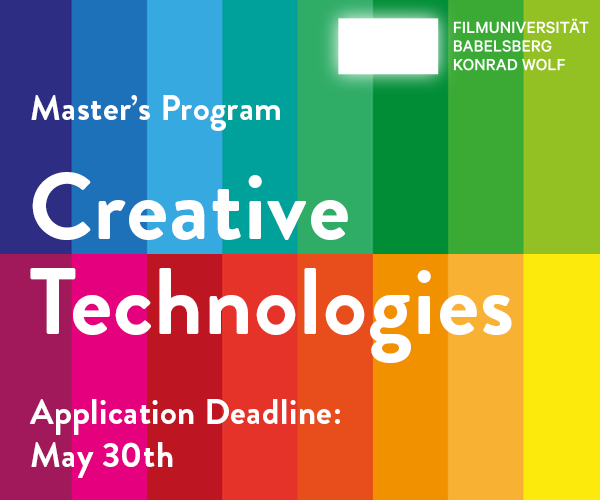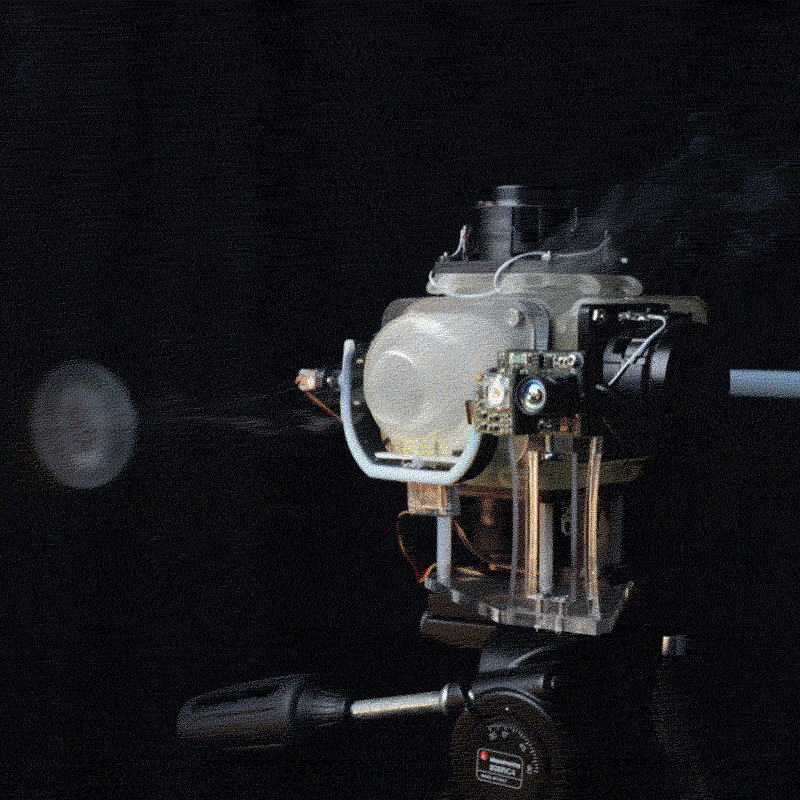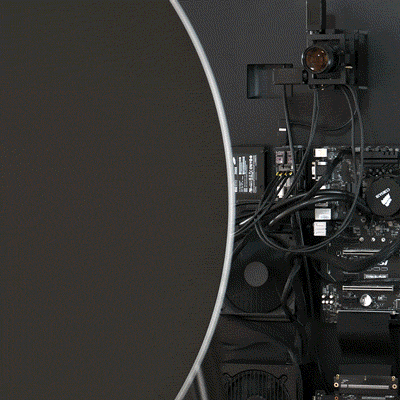gr1dflow is a collection of artworks created through code, delving into the world of computational space. While the flowing cells and clusters showcase the real-time and dynamic nature of the medium, the colours and the initial configuration of the complex shapes are derived from blockchain specific metadata associated with the collection. The idea of grids, serving as the most basic forms of representing worlds, is prevalent in various scenarios, ranging from straightforward simulations to intricate narrative structures. Grids consist of values distributed across a two-dimensional surface, that can function as positions in a board game, pixel configurations on screens, proportions of financial values in two-dimensional datasets, geometric references on real-world maps among many other contexts. In gr1dflow, a visual grid system serves as the foundational architecture for the scenes. The depth of recursion and the grid alignment parameters are derived directly from blockchain specific metadata, like token id and the minting transaction hash on the chain.
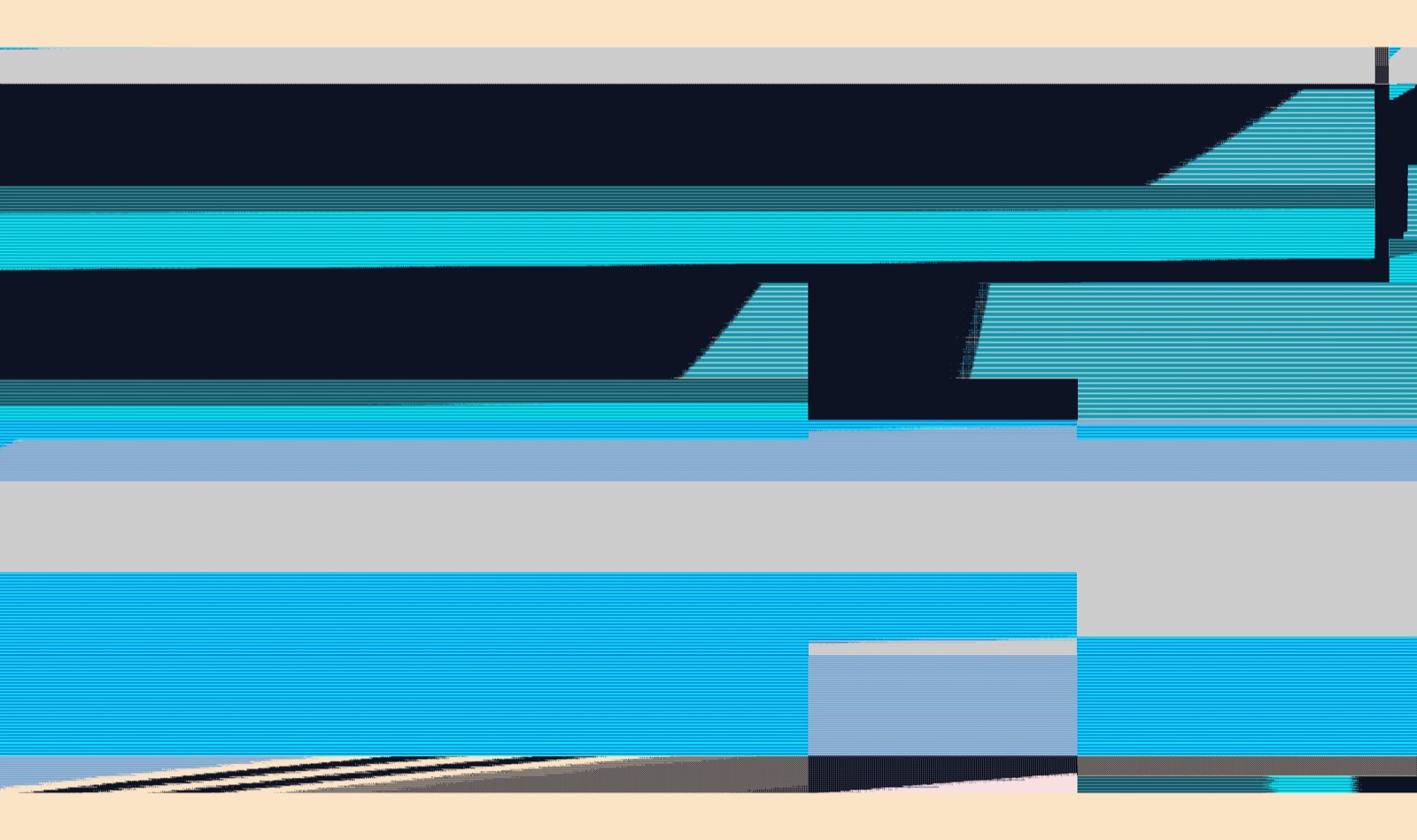
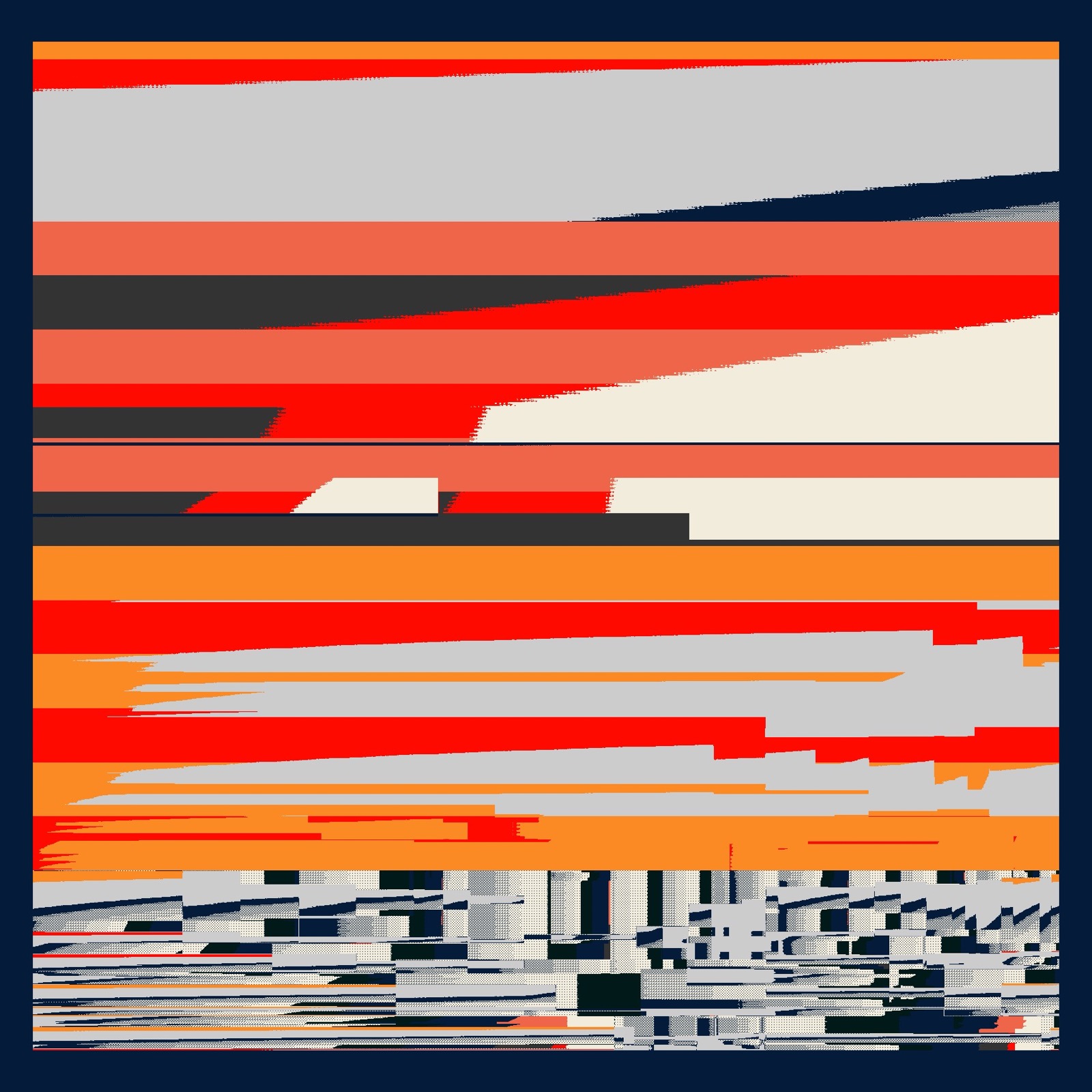
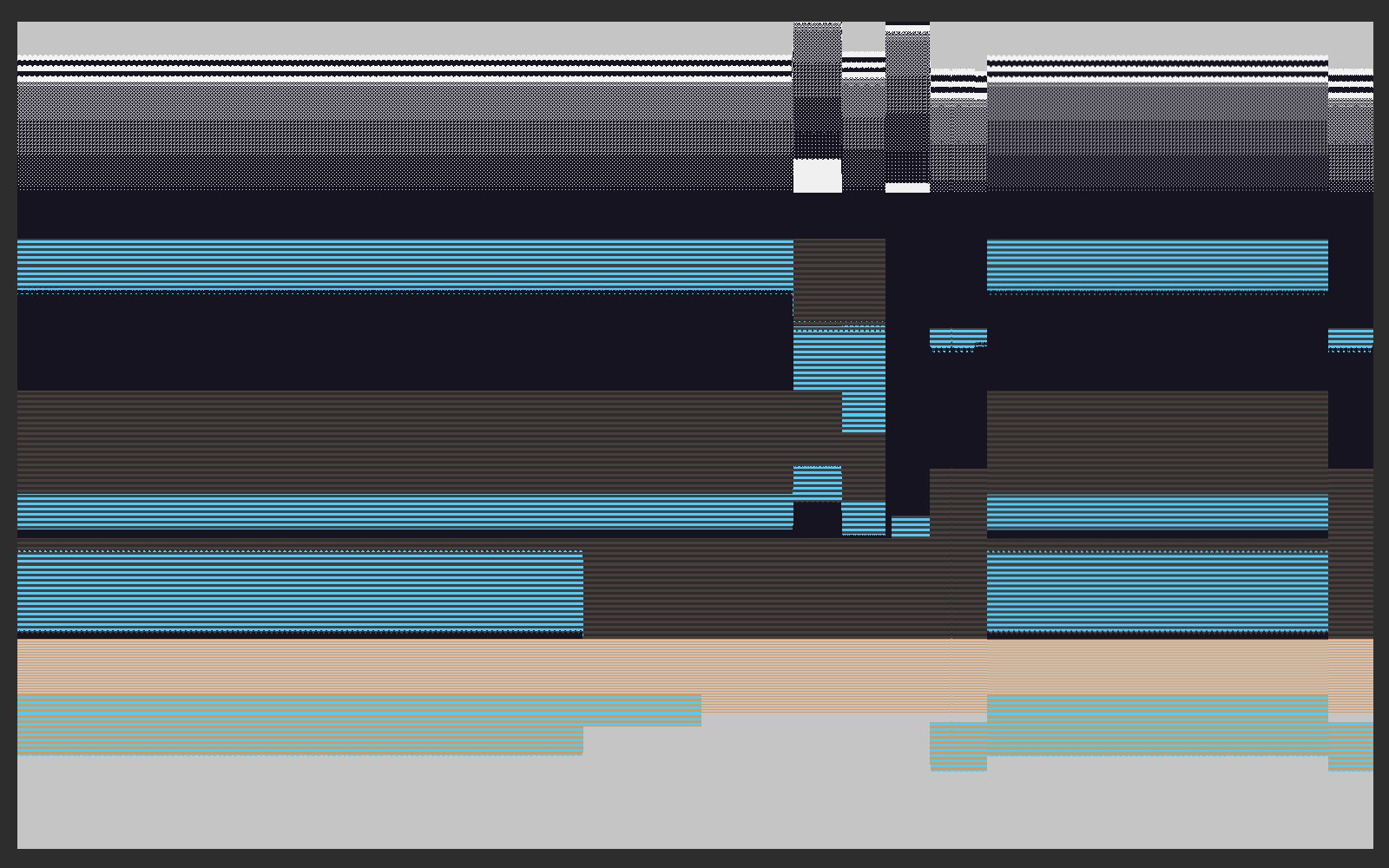
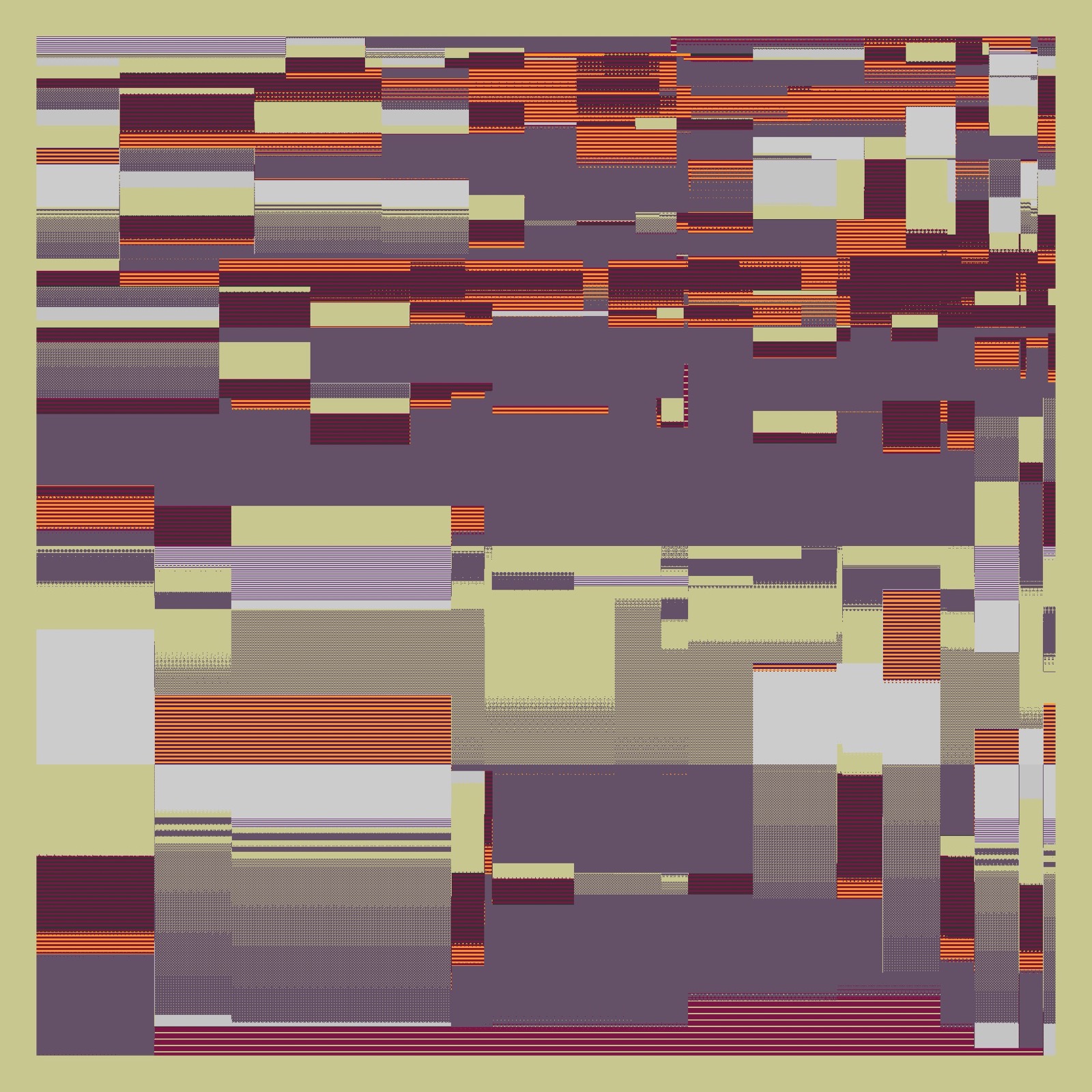
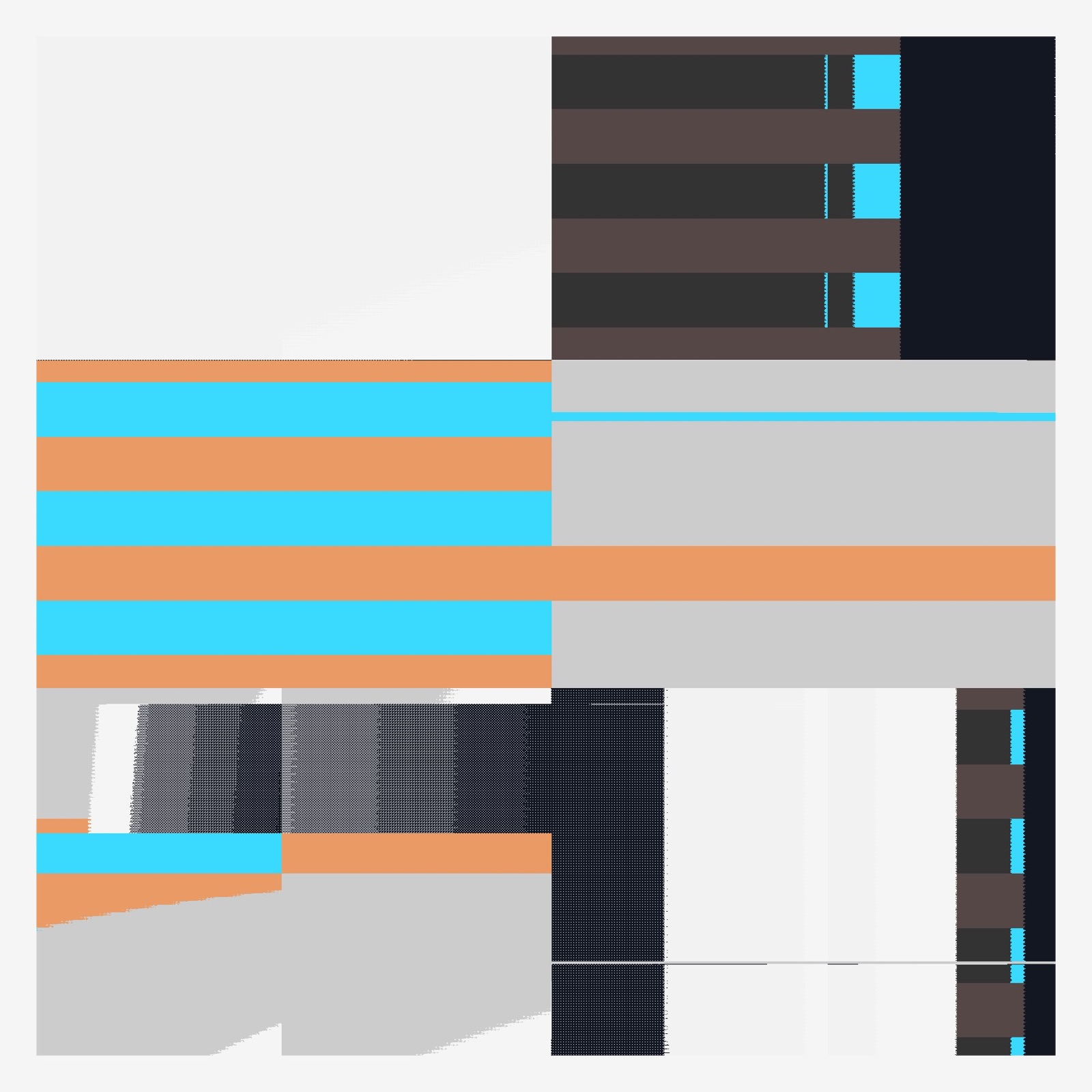
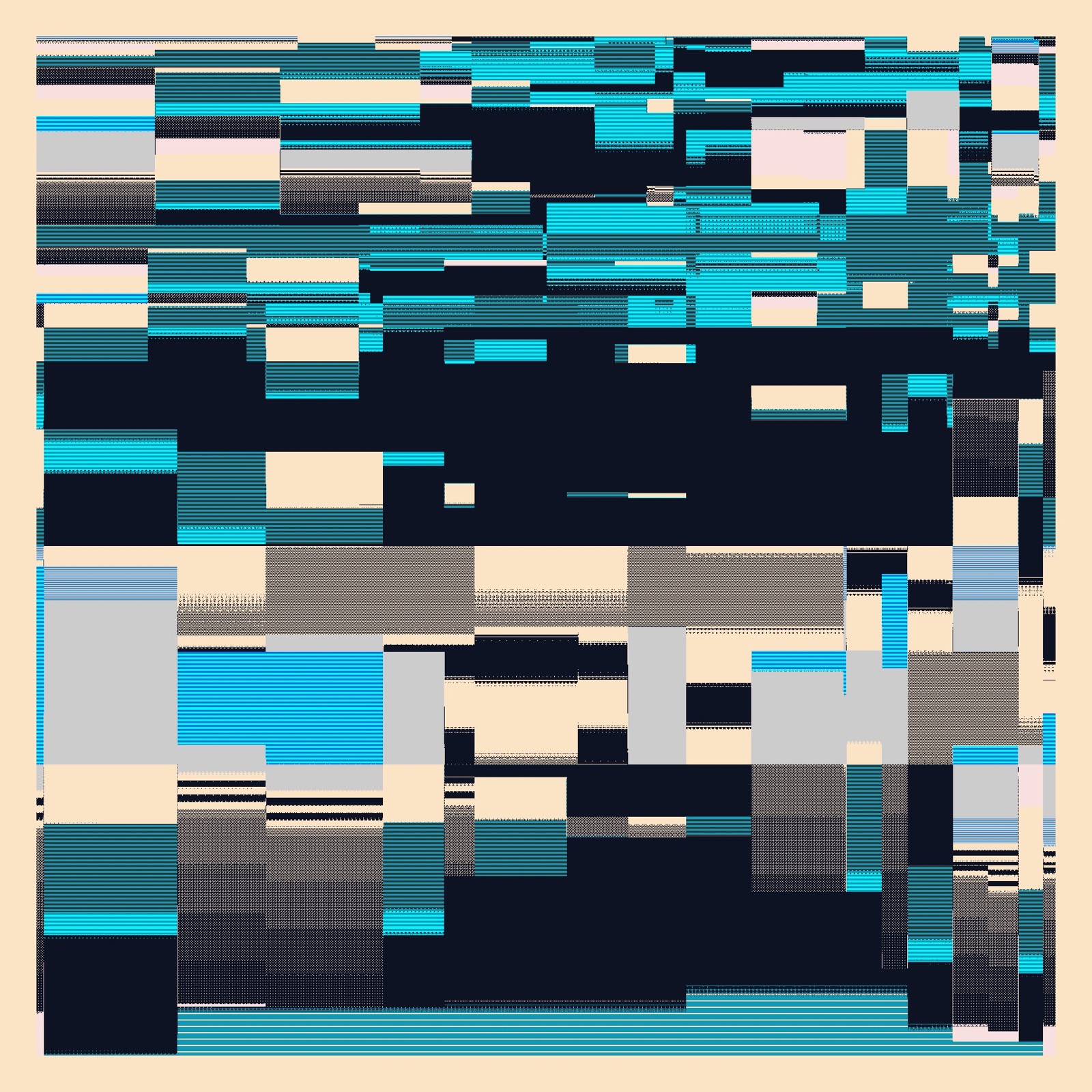
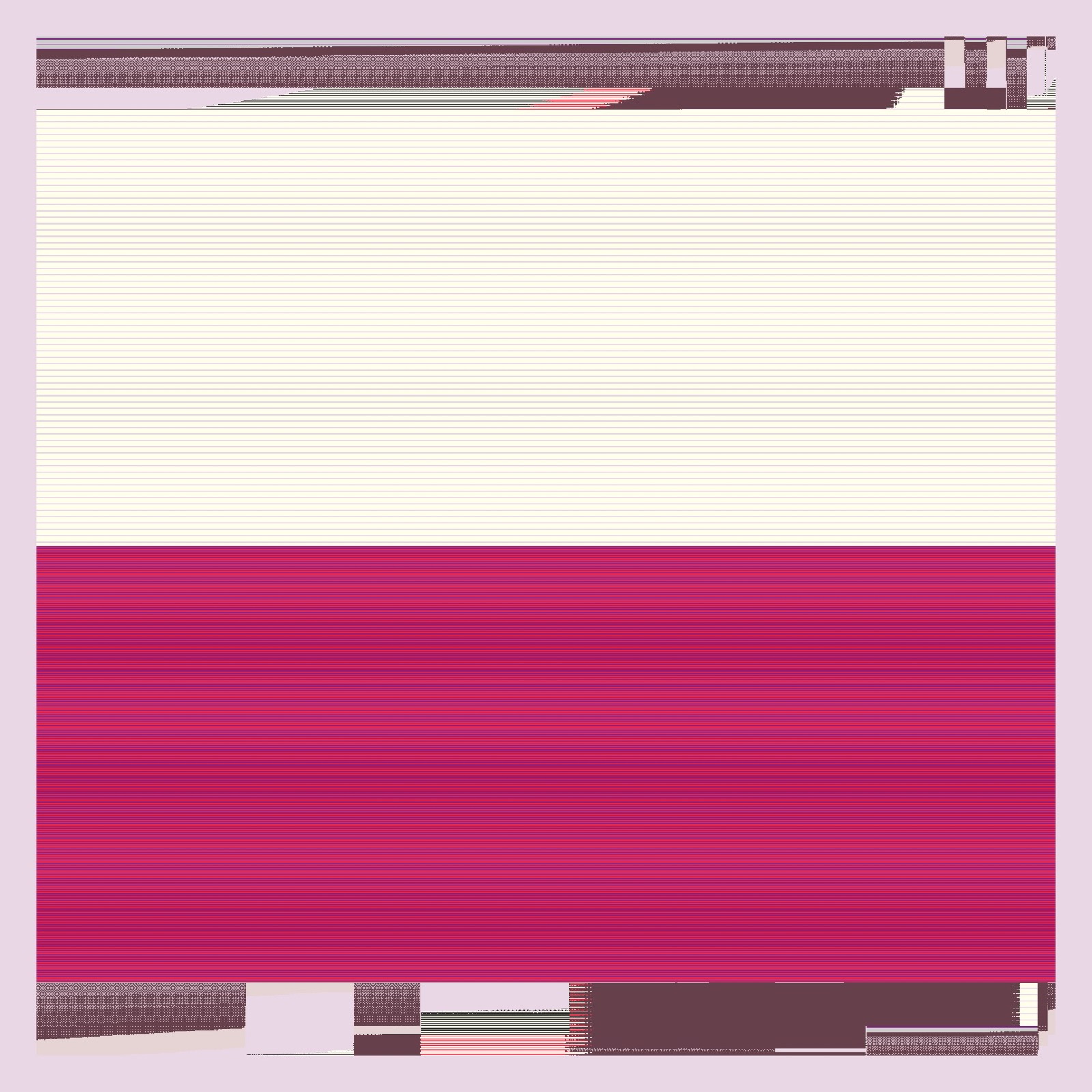
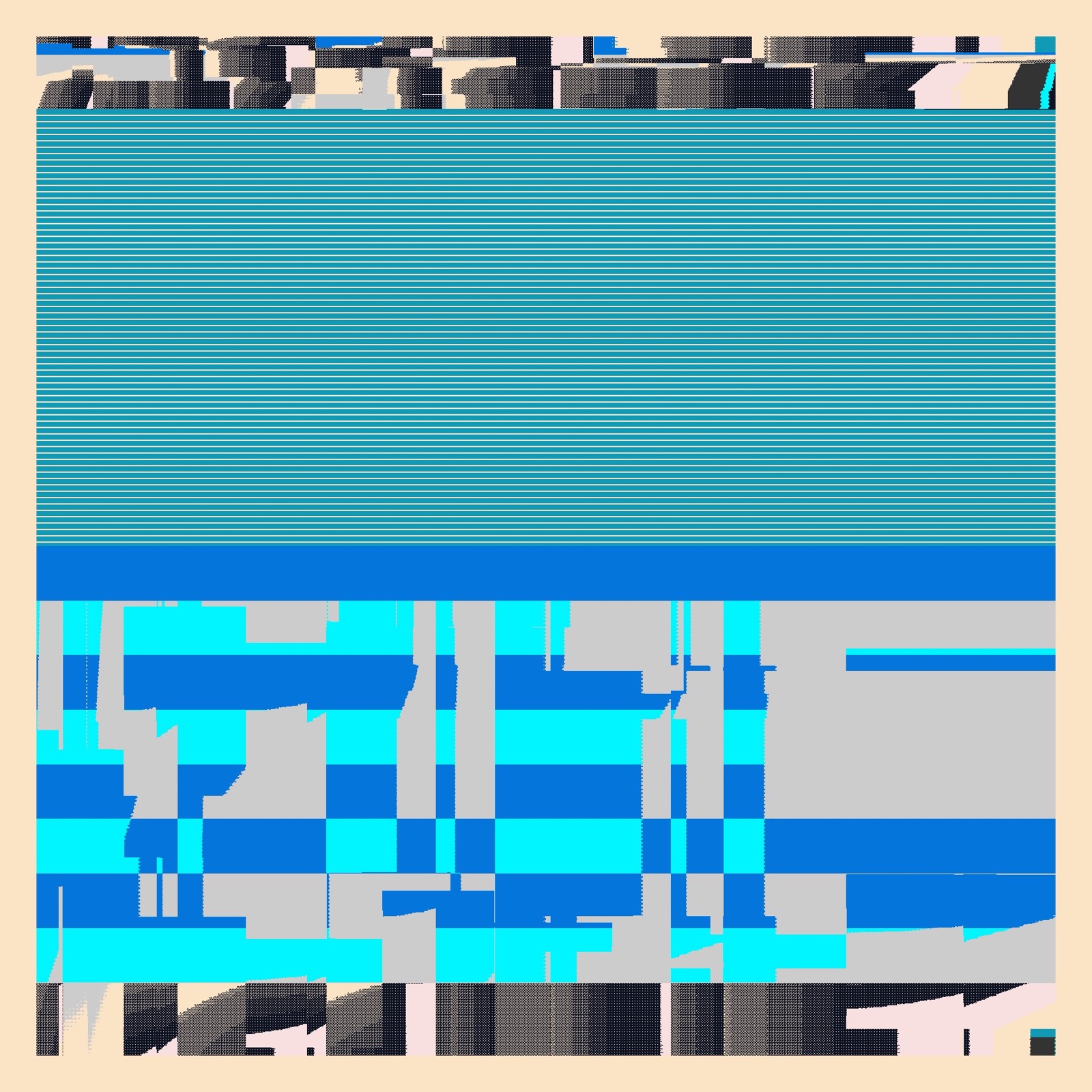
The idea of recursive grids however is not limited to literal grids but can encompass any repeated pattern or structure that recursively appears within the artwork. As it has been shown earlier, this concept aligns with mathematical and geometrical principles, as well as with artistic explorations of visual complexity and optical illusions. Recursive grids are recurring motives within my long-form generative art practice, these structures served as the basis for my pieces Nil, k3rnel, and sh3ll respectively.
Agoston Nagy – Recursive Ontologies: Thoughts, underlying concepts and ideas behind gr1dflow
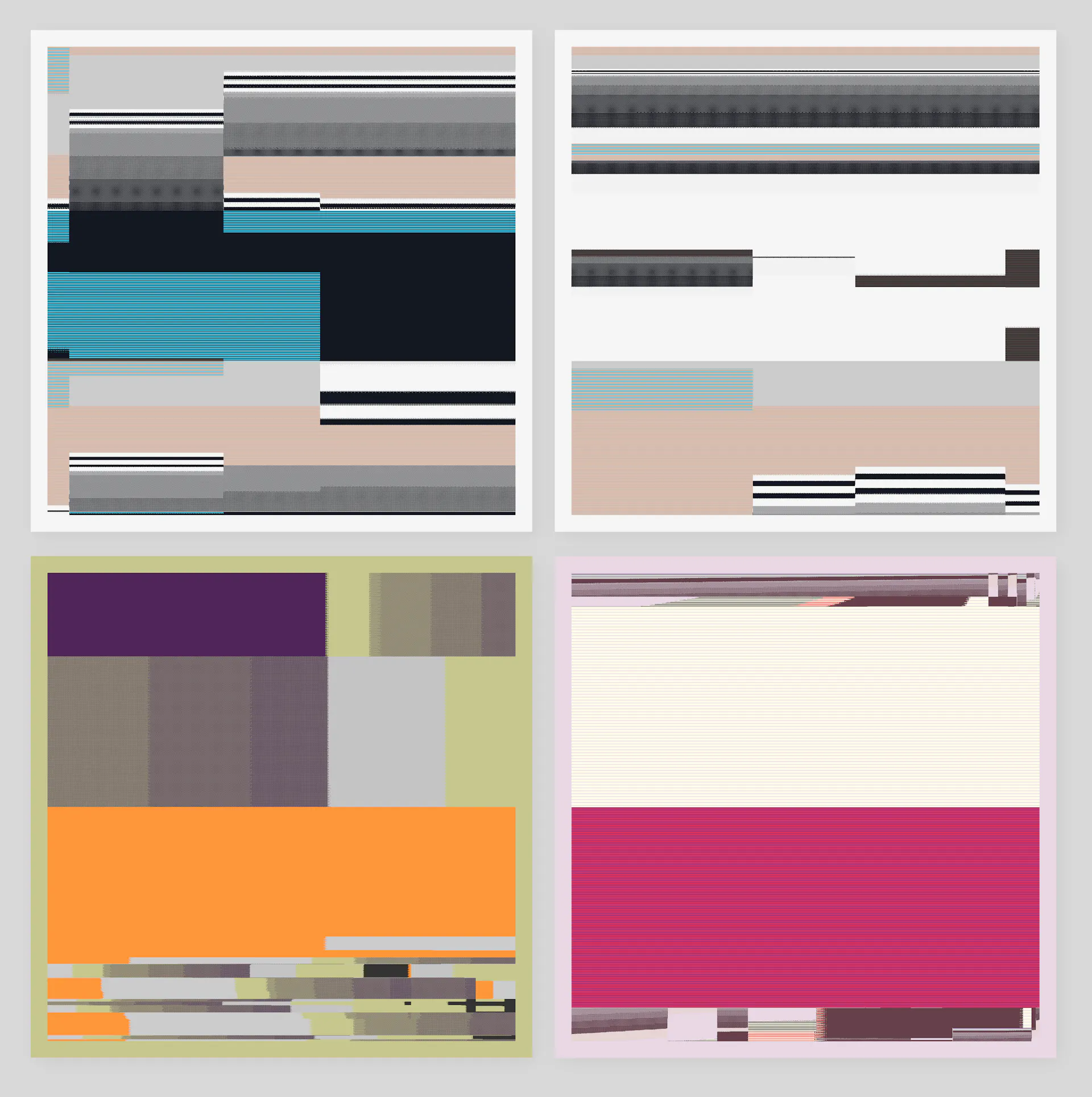
GLSL shaders are applied on the grid cells, enabling swift and seamless colour transitions using a set of manually chosen palettes. The gradients employed in this process are made using a technique called dithering, a method that can be found in retro video games, which allows for the display of a diverse visual appearance from a limited set of colours. Human perception has already incorporated this sort of computer aesthetic into daily life, evoking peculiar nostalgic sensations reminiscent of VHS cassette error stripes, the faded outlines of Xerox photocopies, or the distorted, blurred colour fields seen in Polaroid photographs. The speed, dynamics, and density of movements can effectively communicate messages and evoke feelings that might be challenging, if not impossible, to express with words or static images. The work uses a noise function to reconfigure its grid alignment in smooth and organic ways. These changes can be experienced through a continuity of transitional flow: a constant flux of a dynamic system, with no explicit purpose, yet showing references to the aesthetic concepts above.
This work is part of an ongoing artistic research on recursive ontologies.

